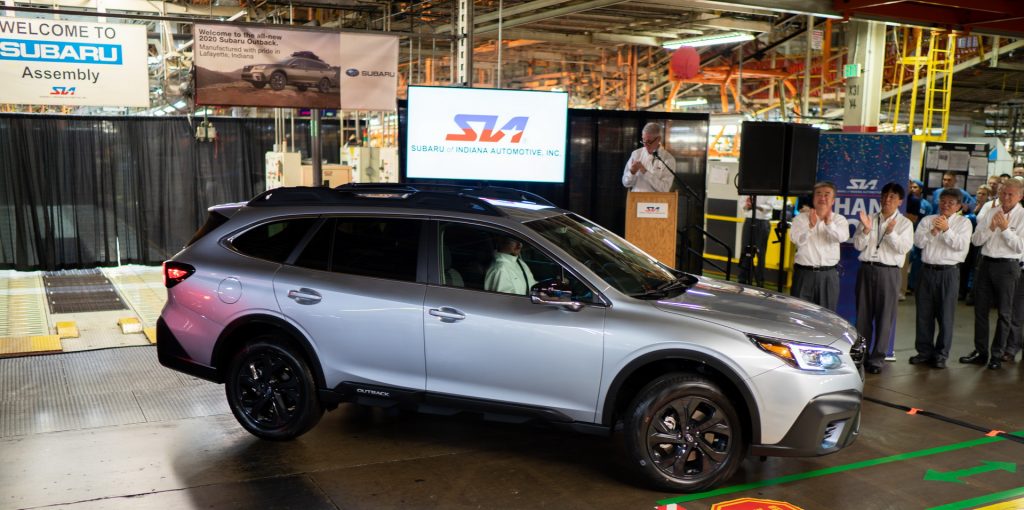The Tariff Effect

Trade wars are like a boomerang; they often have unintended consequences for the initiators. Subaru is feeling the heat from the recent U.S.-Canada tariff battle. To dodge the stiff 25% tariff Canada has slapped on American-made cars, Subaru is shifting the production of its Canadian market vehicles back to Japan.
Subaru’s Strategy

The numbers are significant. In 2024, Subaru sold 68,043 cars in Canada, with 26%, or about 17,700 vehicles, coming from U.S. factories. With the introduction of these new tariffs, Subaru plans to reduce U.S. production for its Canadian market to just 10% by the 2026 model year.
Initially, models like the Outback, which is currently produced in Lafayette, Indiana, will continue to roll off American lines for Canadian buyers. However, Subaru is planning to eventually move this production to Japan. Tomohiro Kubota, CEO of Subaru Canada, confirmed that this shift is aimed at mitigating the financial burden of the counter surtax.
Production Reallocation

Once the Outback production is relocated, the Lafayette plant might start producing the Forester, another top seller in Canada. However, it’s not clear whether these Indiana-built models will be sent to Canada or if Subaru will rely on Japanese facilities that are already manufacturing the Forester for other markets globally.
Subaru stands out as one of the few automakers without Canadian production facilities, so it heavily depends on international trade agreements. Previously, Subaru benefited from the USMCA agreement renegotiated during the Trump administration. Given the tariff changes, Subaru is tweaking its strategic plans.
A Broader Picture
Subaru isn’t alone. The changing trade landscape has pushed other automakers to consider innovative strategies. Canada might liberalize its regulations, allowing more vehicles from non-U.S countries. Also, automakers like Volvo and Lotus are responding by laying off U.S. workers or freezing imports into America, showing how deep the impact of tariffs runs.
It’s anyone’s guess how this will all shake out in the end. However, what is clear is that these policies are reshaping the industry, and not necessarily for the better.
1982 RX-7 Time Capsule
Nails Scattered in Town
Tesla's New Budget Model
Ferrari F50 Auction Buzz
Tesla License Clash